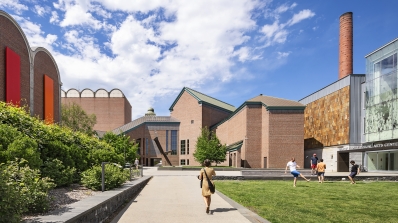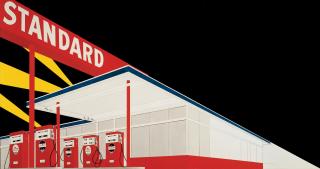Exhibitions Archive
The Intersections between Black and White
Abstracting EmotionManifestations of Inequality
Objects and PowerThe world today is an unequal place where individuals face stark differences in their access to resources, information, and power. The archaeological record suggests that such inequities have existed in various cultures throughout human history. This student-curated installation considers some of the challenges of interpreting and presenting material objects as they relate to inequality. Just as professional archaeologists have built their theories using both ancient artifacts and cultural materials from contemporary populations, the student curators have assembled a diverse collection to consider four domains in which archaeologists can see inequality created, reproduced, and challenged in ancient societies. The central themes—craft goods, daily life, public performance, and mortuary practice—offer interwoven views on the intersecting lives of people and the material objects that they use to communicate status among their families and to other members of society. The objects on display serve as metaphors for understanding the dynamics underlying how different cultures have invented and shaped inequality in its many forms.
Artists' Intentions and the Meaning of the Stars and Stripes
What's in a Flag?The Judith and Joseph Barker Collection of Japanese Prints
The Women of Shin HangaRecent Acquisitions
Japanese Prints in the Hood Museum of ArtThe fifteen prints in this gallery represent the Hood Museum of Art’s ongoing efforts to develop its collection of Japanese woodblock prints as a teaching resource. With publication dates ranging from the 1750s through the 1930s, these prints document several aspects of Japan’s woodblock print culture. This selection features prints in a wide variety of formats representing major print genres including kabuki actor prints (yakusha-e), pictures of fashionable women (bijinga), perspective prints (uki-e), landscape prints (fūkeiga), warrior prints (musha-e), pictures of foreigners residing in Yokohama (Yokohama-e), prints depicting Japan’s late-nineteenth-century modernization (kaika-e), and early-twentieth-century prints (shin hanga).


